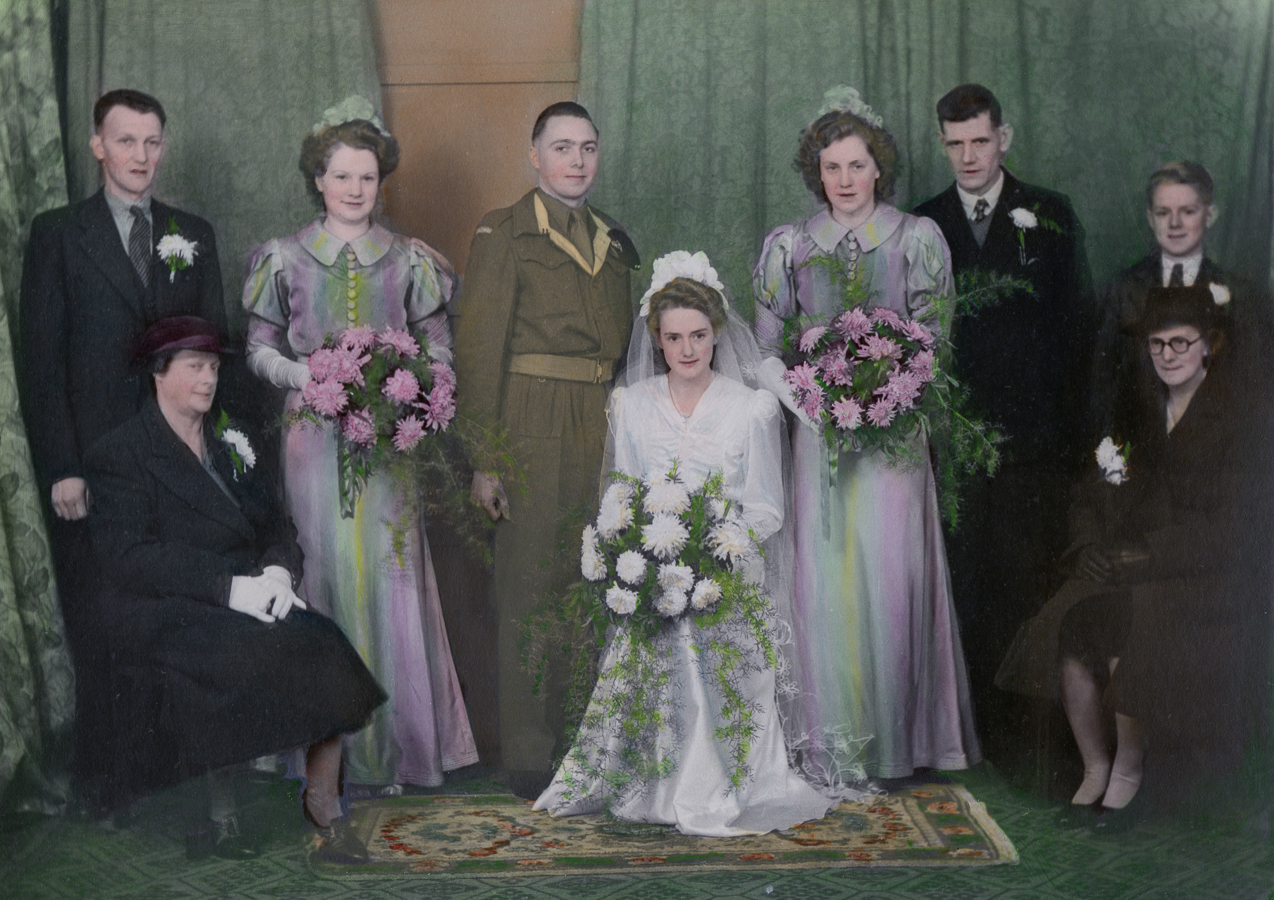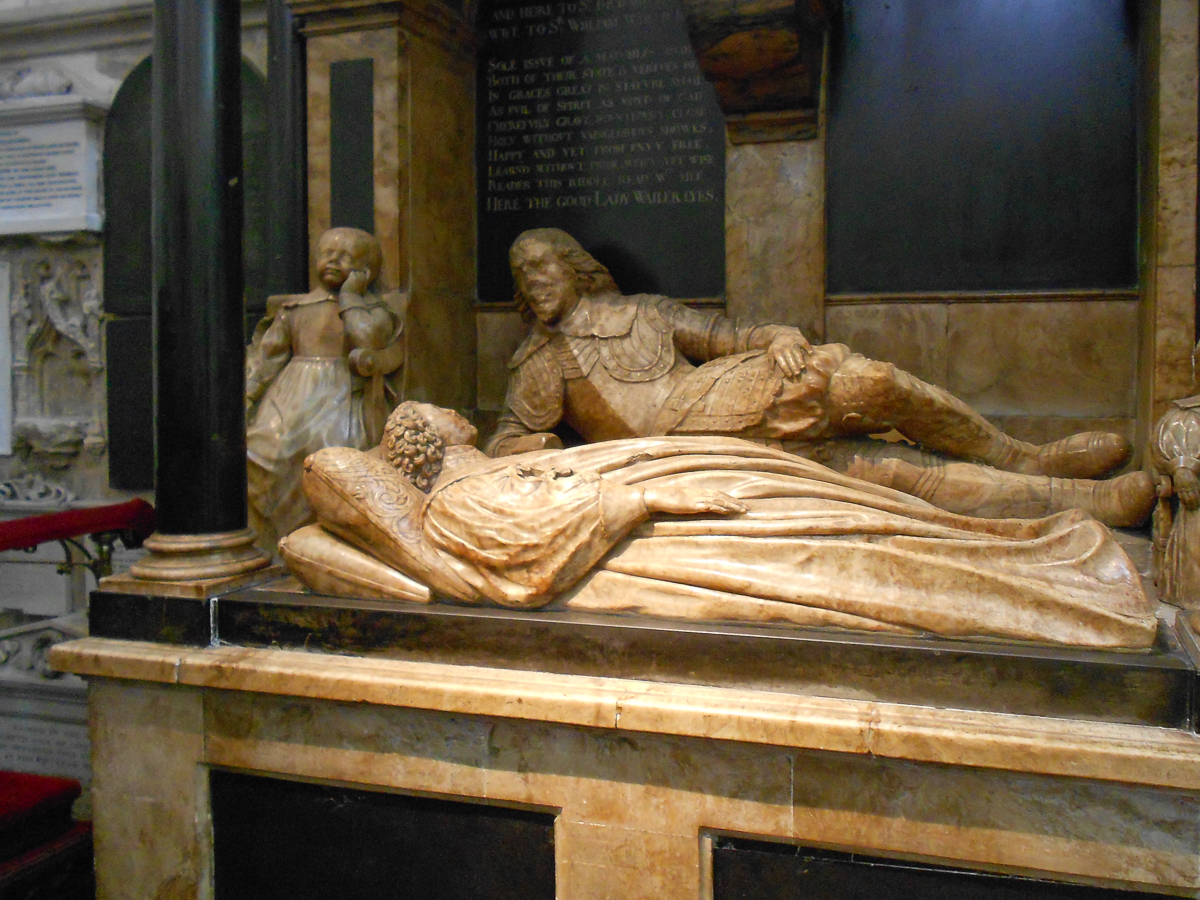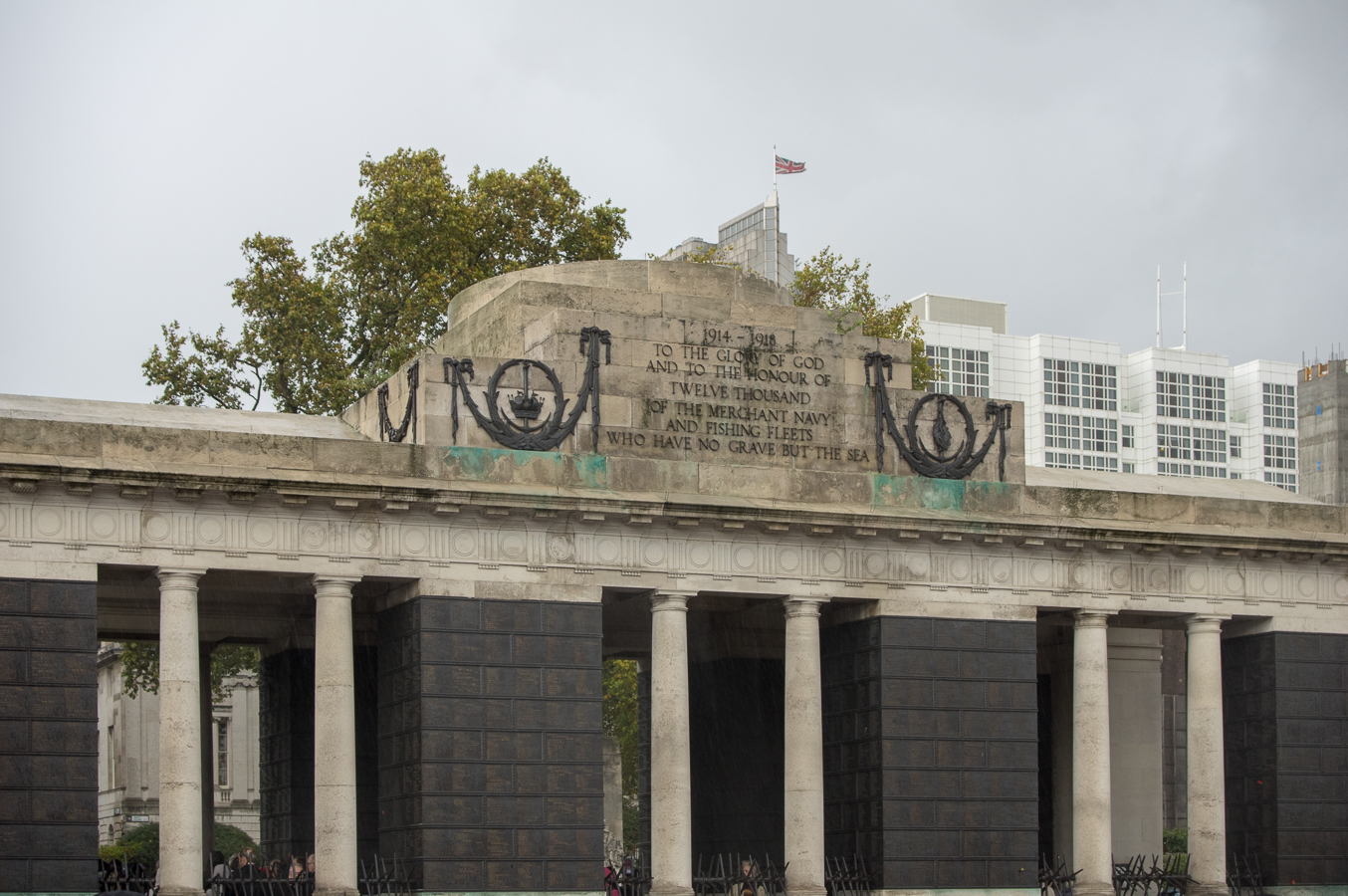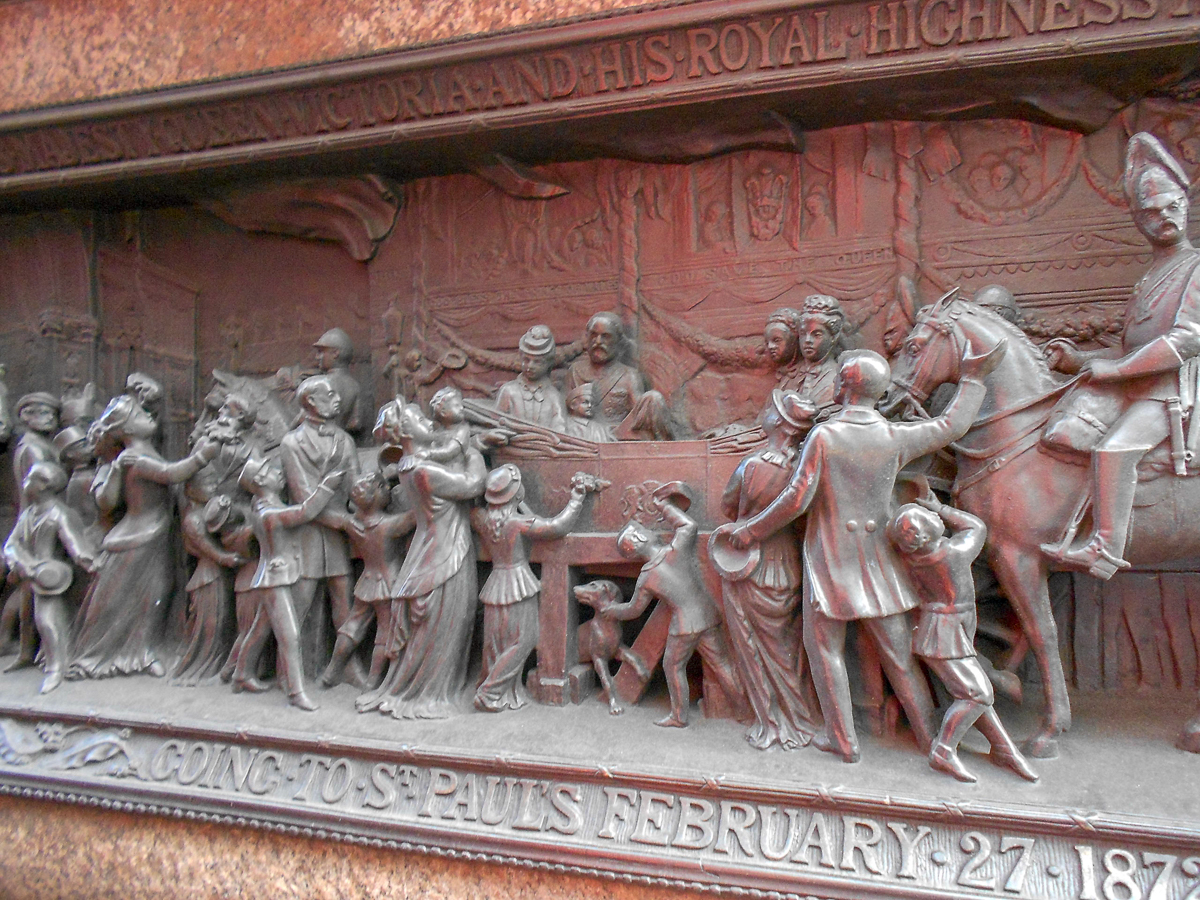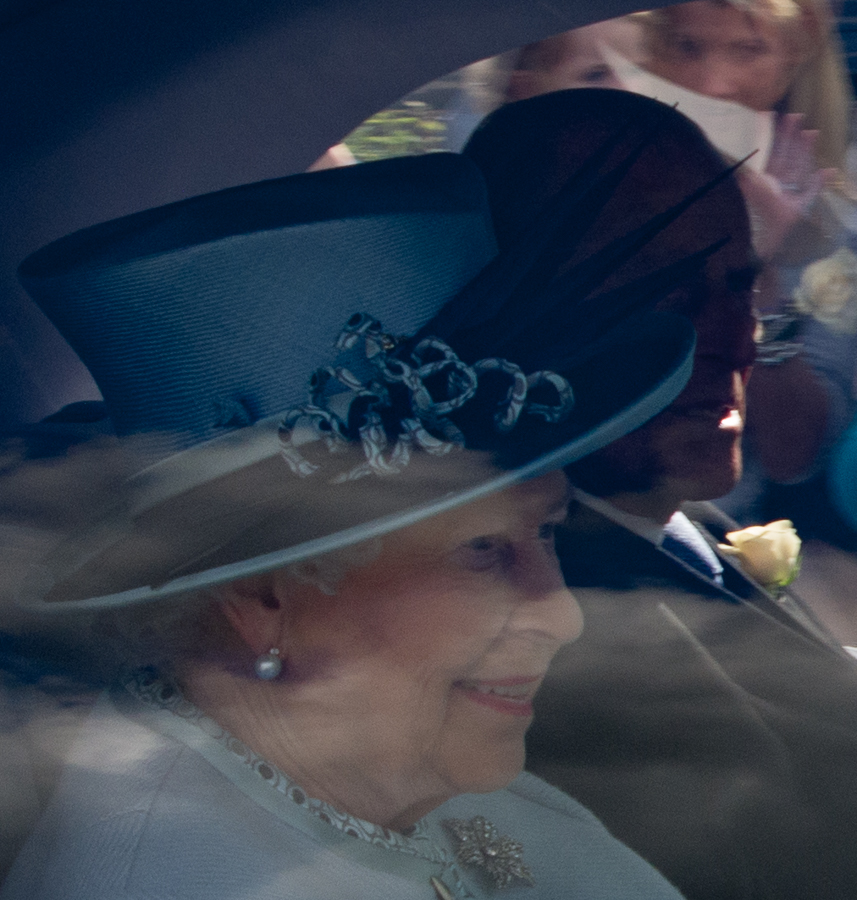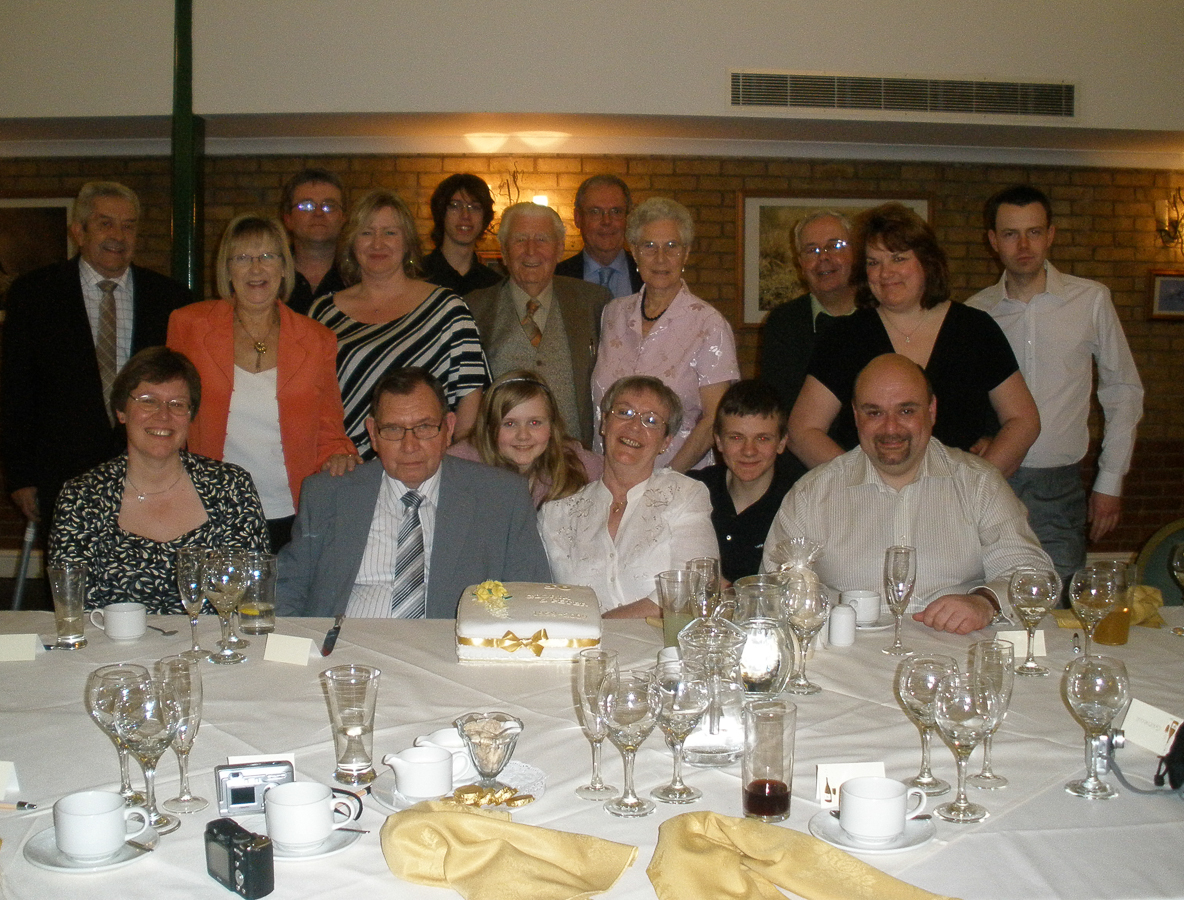The Register of the Parish of the Church of Thorncombe.
One example of many.

The first, well actually the second page of the register is headed;
A Register of those that have been buried in Woollen according to ?? ??? Act of Parliament Thorncombe 1680.
The primary thing to note here is that the book is indeed in relation to Thorncombe and that there is no reference to it being any other form of church, so presumably the Established Church.
The other thing of particular interest was the 'buried in Woollen according to Act of Parliament.' I had not come across this before so had to look it up. Wikipedia quickly provided an answer.
The Burying in Woollen Acts 1666–80 w ere Acts of the Parliament of England (Cha. II c. 4 (1666), Cha. II c. 3 (1678) and Cha. II c. 1 (1680) ) which required the dead, except plague victims and the destitute, to be buried in pure English woollen shrouds to the exclusion of any foreign textiles.
ere Acts of the Parliament of England (Cha. II c. 4 (1666), Cha. II c. 3 (1678) and Cha. II c. 1 (1680) ) which required the dead, except plague victims and the destitute, to be buried in pure English woollen shrouds to the exclusion of any foreign textiles.
Enforcement
It was a requirement that an affidavit be sworn in front of a Justice of the Peace (usually by a relative of the deceased), confirming burial in wool, with the punishment of a £5 fee for noncompliance. Burial entries in parish registers were marked with the word "affidavit" or its equivalent to confirm that affidavit had been sworn; it would be marked "naked" for those too poor to afford the woollen shroud.
The legislation was in force until 1814, but was generally ignored after 1770. The 1666 Act was repealed by the Statute Law Revision Act 1863.
The next interesting title page was at the beginning of the baptisms. It was a very smudged copy so I have tried to clean it up a little, without losing any of the original writing, however it is still difficult to decipher in the whole.
However, again it confirms that the book pertains to Thorncombe and seems to commence in 1663.
'A time to be born and a time to die' is one of the lines on the page.
It is difficult to make things out on the page, but it is nearly 4 centuries old. The Mayflower sailed to America in 1620 and the monarchy had been restored in 1660 with Charles II on the throne.
Turning to the next page of the scan, there are baptisms records, in Latin commencing in 15?? followed by 1552.

